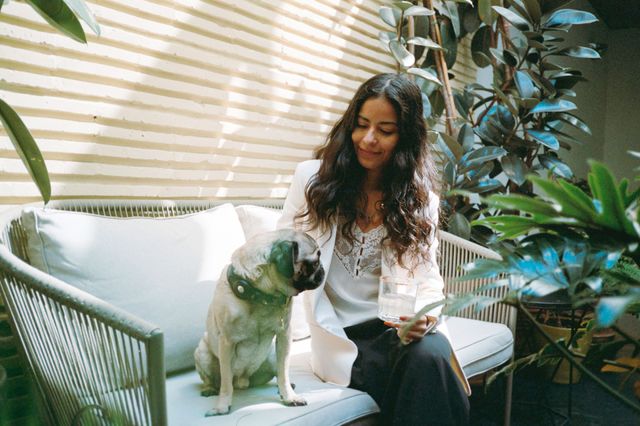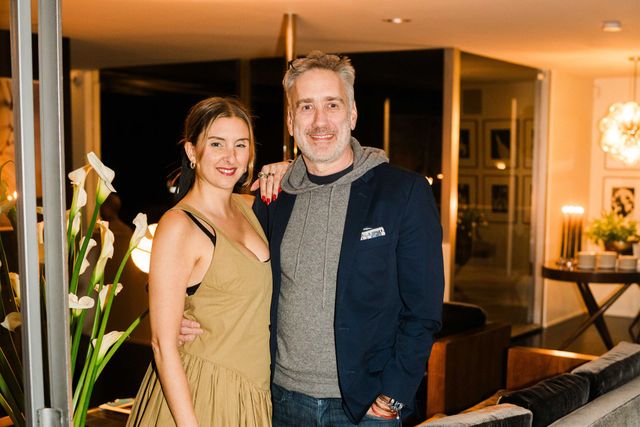Conversation with Sofia Mavroudis of Cabanon Retreat
- Category
- Q&A
- Written by
- Roshan McArthur
- Published
- November 4, 2019
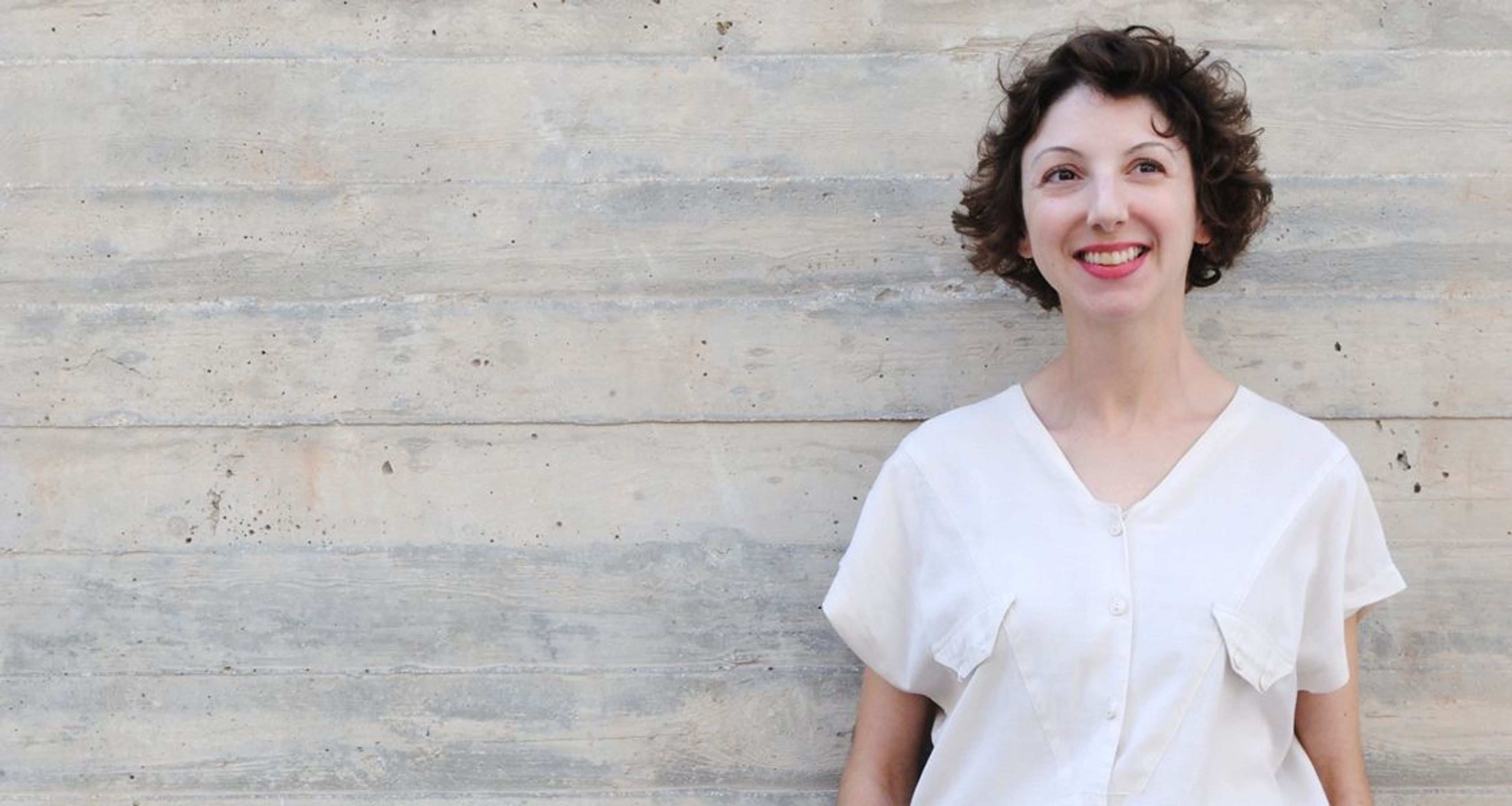
“I have a castle on the Riviera, it measures 3.66 by 3.66 metres. It’s for my wife, and is extremely comfortable and cosy.” These are the words of legendary French architect Le Corbusier, describing the wooden cabin that he built for his wife in 1952 at Cap Moderne, across the bay from Monaco. A tiny home before that expression was coined, they named it Le Cabanon, and it was occupied by the couple until they both passed away.
Antonis Choudalakis and Sofia Mavroudis, a Greek artist and a Swedish art curator, were so inspired by Le Corbusier’s Cabanon that they built their own cabins in honor of it. Located in Kissamos, Crete, they’re miles from the south of France in geographical terms, but close in spirit. They call their Cabanon Retreat a personal utopia, a contemporary sanctuary, hidden from the world but near the beaches — homes with minimum possible dimensions but maximum physical and spiritual comfort.
We sat down with Sofia to find out more.
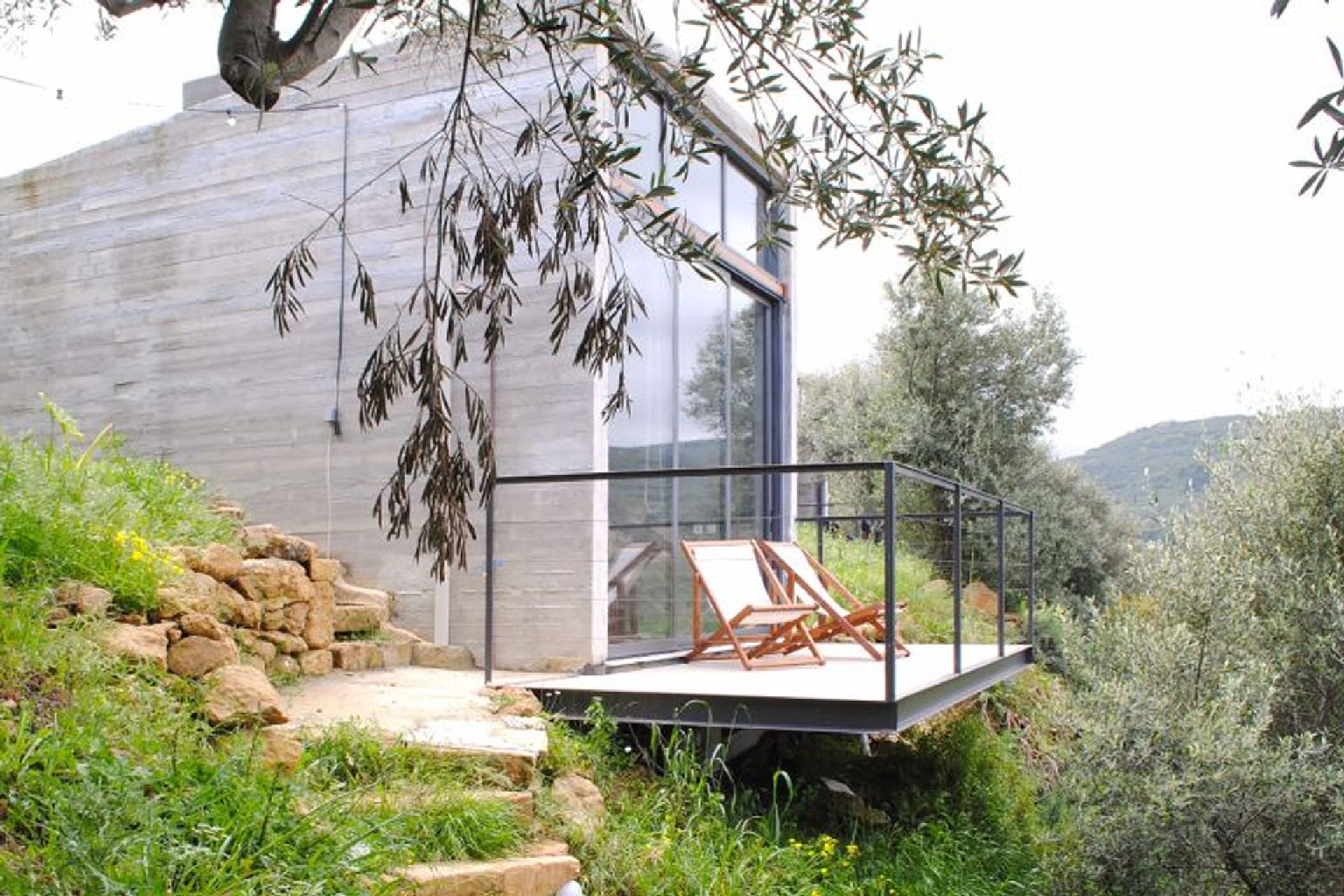
You’re both involved in the arts professionally. How have your occupations influenced your design choices in the cabins?
Sofia Maroudis: “Our artistic occupations made us keen on making top aesthetic choices for the cabins (because we claim to have good aesthetic taste!). We wouldn’t be satisfied with less. We are very particular in our taste with attention to detail and had a common view of how the cabins would look. But the concept is as important as the outcome. In every great artistic project, there is also a great concept. We see the cabins as a project, as an extension somehow of our artistic practice.”
We love that your Cabanons were inspired by Le Corbusier’s. What made you think of doing this?
SM: “I’m very interested in architectural theory. A curatorial key subject for me is site-specificity and how a person and his/her environment interact. I have always loved Le Corbusier and his emphasis on the human part of architecture — the bodily experience. When we were thinking of building the cabins, we loved the idea of creating something small, mostly because we wanted the experience of the place to be in focus – the surrounding nature, the view. Also, if you drive around in the rural Cretan landscape you bump into similar looking simple huts in concrete built by shepherds and farmers as storage rooms.
“Then we stumbled across an exhibition about Le Corbusier’s Le Cabanon and thought that our ideas resonated with his. Our Cabanons, made of concrete and with different proportions, are our take on the concept of Le Corbusier’s Le Cabanon. It is us showing our appreciation to a great thinker who in turn showed his appreciation of the Mediterranean.”
What design elements do the cabins share with Le Cabanon?
SM: “Le Corbusier loved the Mediterranean and its light, its long history of great civilizations and the rough nature, with its scenery of rocks, olive trees and the sea. We share both the love and the scenery. Similarly to Le Cabanon, we focus on simplicity as we eliminated unnecessary space and kept it as close to the essence as possible. We aimed to resemble Le Cabanon in mixing the inside with the outside and creating something that primarily is about unwinding, feeling the sea breeze and taking time doing nothing — because that is what inspiration needs in order to be refuelled. Mixing his methods of expression, Le Corbusier was an architect, artist, writer and designer. I’m sure he knew all about the importance of the time in-between productivity.”
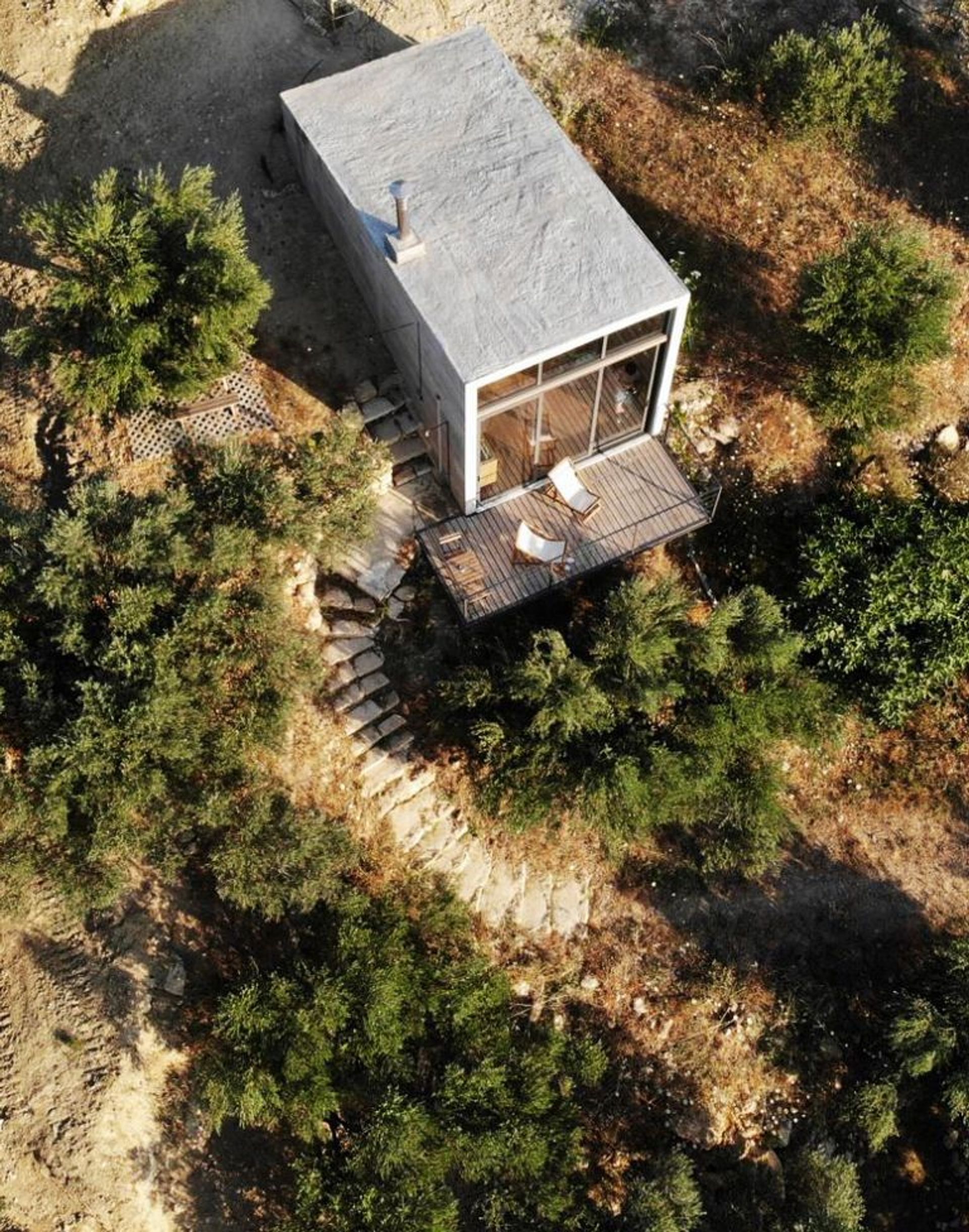
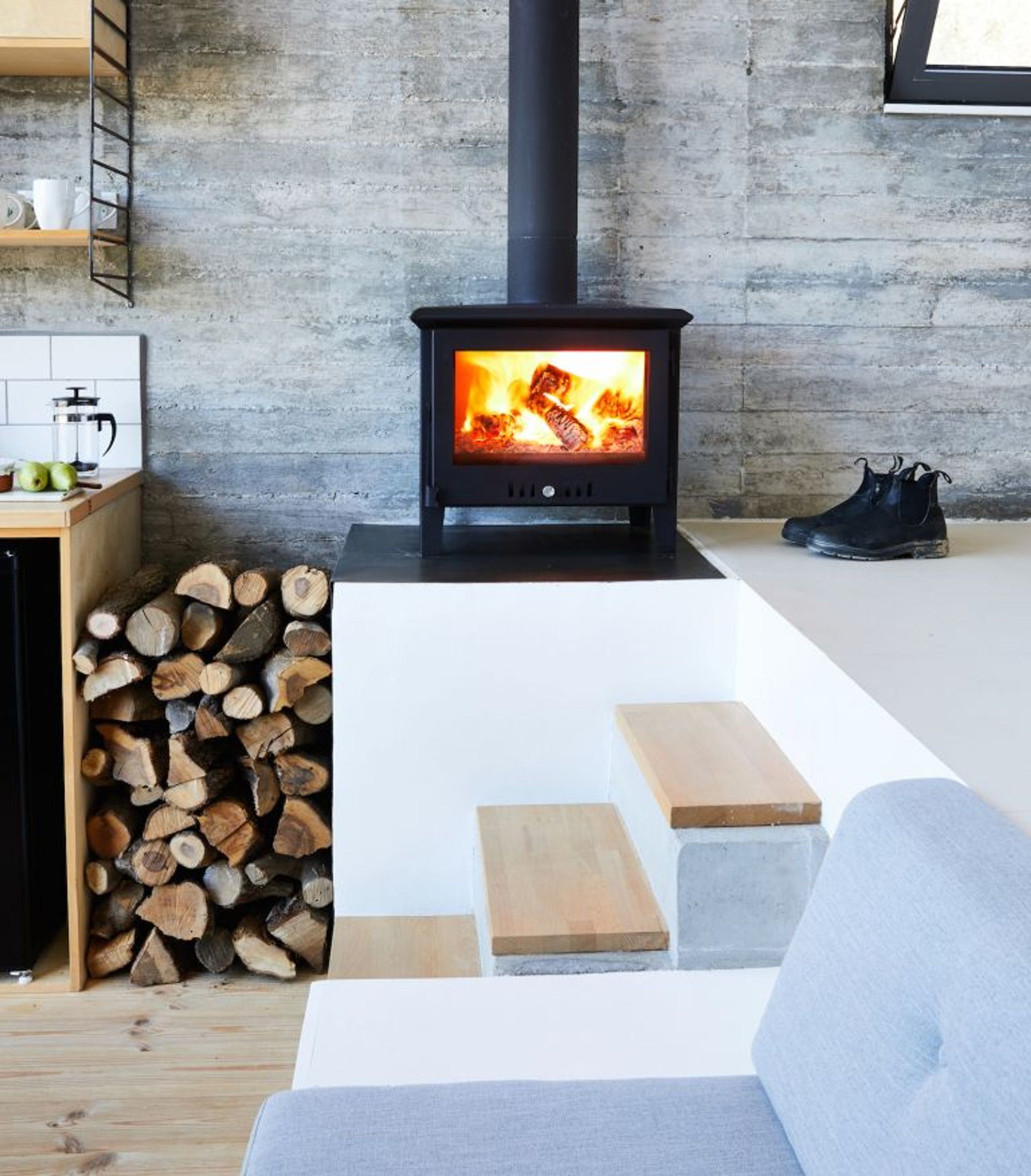
What elements are yours? And how did you come up with the ideas?
SM: “We did thorough research on every little detail and looked at many photos. Everything except for the armchairs and the lights that are from a second-hand store in Athens are custom made here in Crete by different craftsmen. Antonis in the past made theater props so he knows about materials. The stone stairs leading up to the houses are handmade by him. The final touch of almost everything is made by Antonis. Just to make it exactly as we want it! We worked together with two local architecture students already in the beginning of the process, so they have helped a lot with the general look.”
Le Cabanon is functional but comfortable, joyous but sober. At Boutique, we talk about simple luxury — all the essentials but without the glitter or bling. Is this something that is important to you?
SM: “Yes, a lot. We apply slow living ourselves, true to minimalism, before it became such a popular term. We don’t care much about fast consumerism and try to let things take their time, if needed. True relationships and time is what we lack mostly nowadays. We tried to incorporate this thinking in the Cabanons. You feel exposed to raw nature, awe towards the Milky Way just above your head at night, and say hello to the neighboring sheep that visit. Things are simple. We try to give a suggestion for reimagining what luxury is.”
When you travel, where do you go? Is good design an essential part of a destination?
SM: “Good aesthetics are an essential part of everything — not only in my travels. But you have to put them in context. A particular aesthetic might fit a specific place or person, or make sense in a historical point of view or time period. So it’s beautiful if it harmonizes instead of trying to be a part of a contemporary homogenous style. We mostly travel to where our friends are. A destination is always at its best if you have loved ones around.”
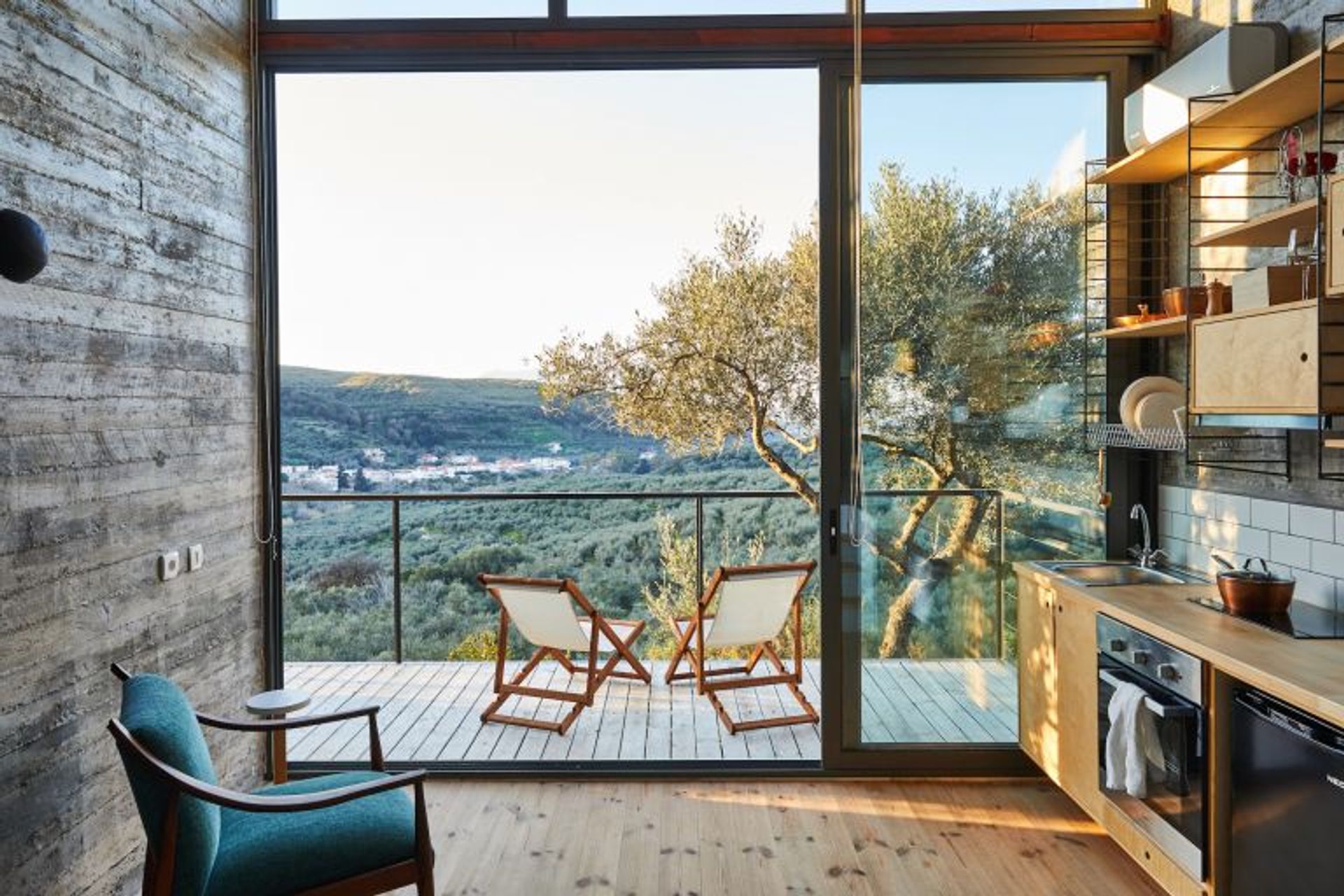
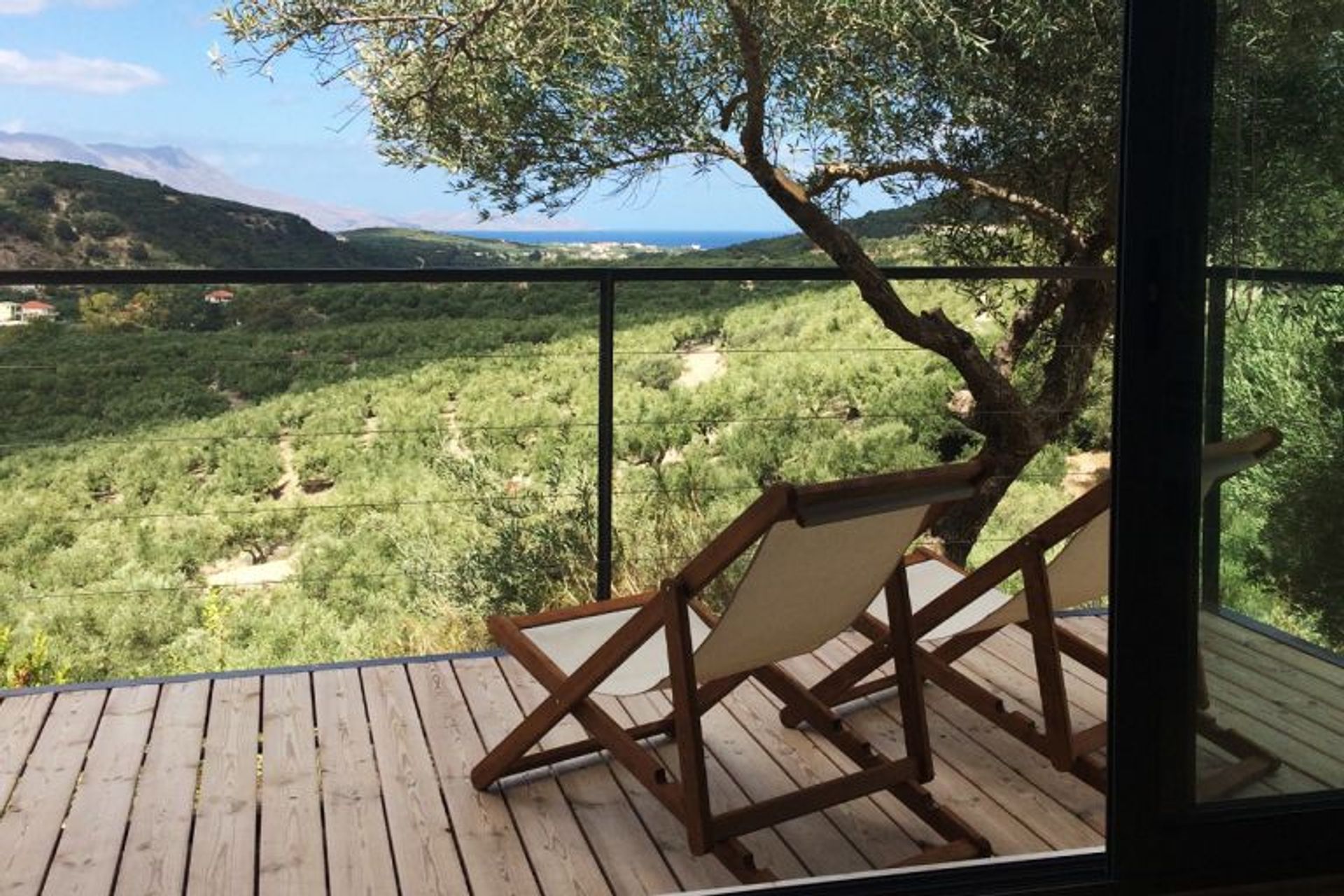
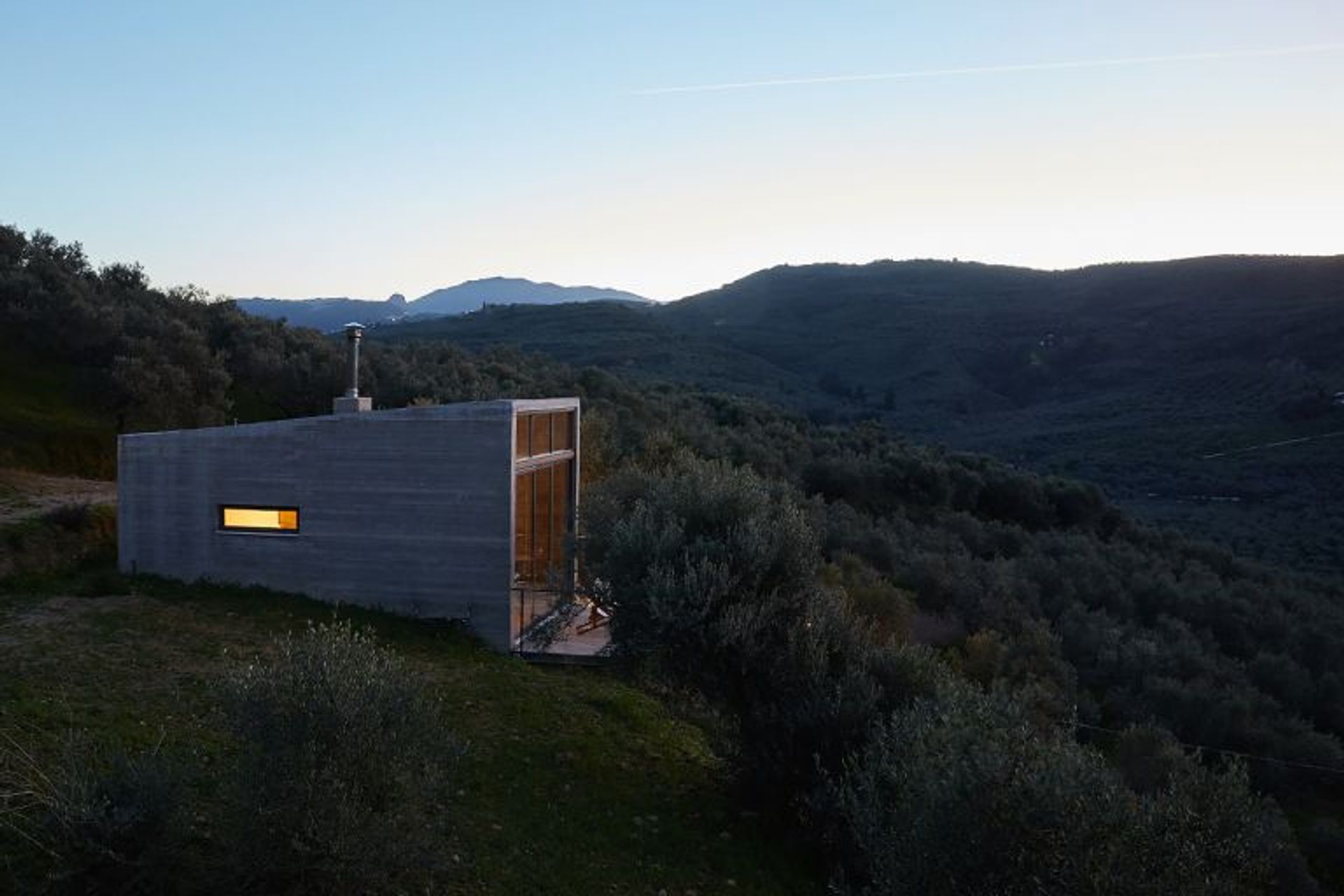
To stay at one (or both) of the two cabins forming the Cabanon Retreat, click here.
